Prelinguistic skills: What skills should I look for?
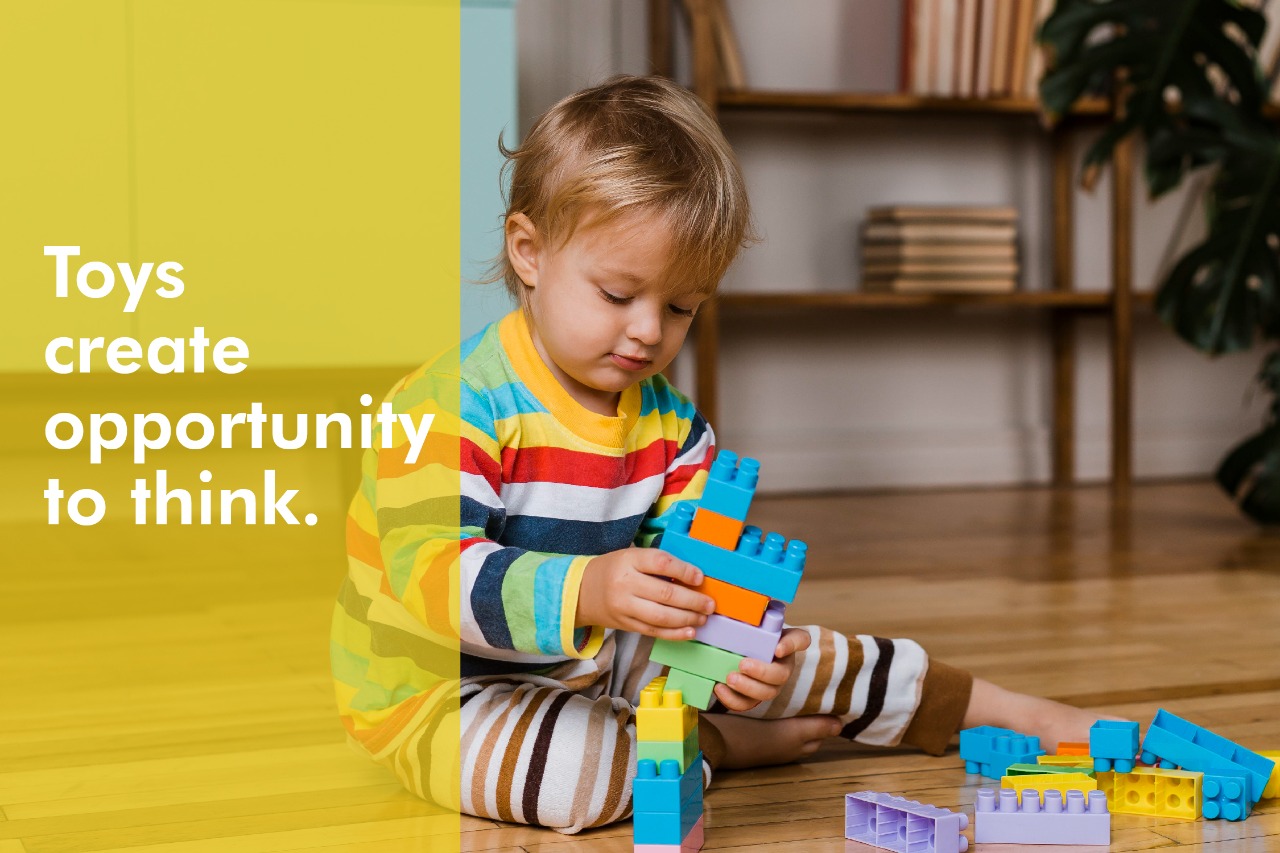
Communication is a way to deliver a message from one person to another. That massage could be about a need, an experience, an idea, knowledge, or a desire. Moreover, it can be verbal or non-verbal. A child learns prelinguistic or non-verbal communication before uttering a word in a meaningful contest. A baby by birth is communicating via lots of means without any verbal response. For instance, s/he uses a different kind of cry to convey a message. Therefore, we can say prelinguistic skills are a non-verbal way of communication. There are various non-verbal means of communication, such as babbling, pointing, and making eye contact.
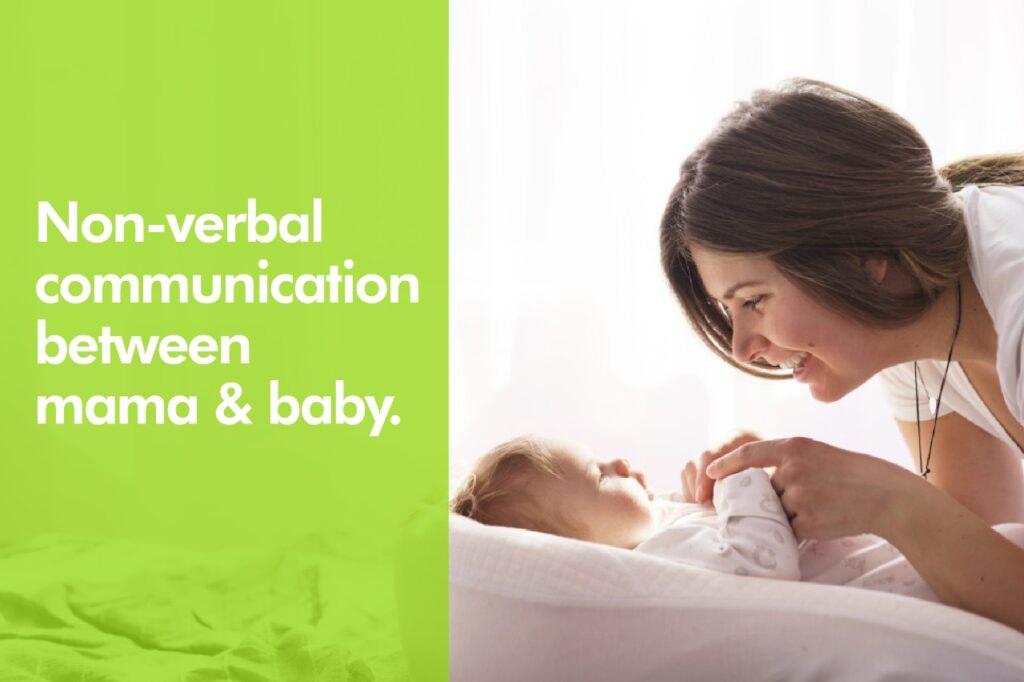
These prelinguistic skills are necessary to establish the neural responses and neural connections for sensory stimuli, i.e., sound, light, and touch. As a result, the sensory information transmission is taking place via these established neural connections. Hence, these neural connections develop during the first two years of life. Therefore, these initial years are a critical period in the development of communication skills. And provide the foundation of more language-based communication such as reading, writing, and theory of mind.
A neurotypical growing child achieves that mastery level by the age of 9-18 months. However, if a child struggles to mastery prelinguistic skills henceforth, he will be a victim of expressive language delay or learning disability. These prelinguistic skills roam around three main domains.
A. Cognition that leads to receptive language.
Cognitive skills refer to mental processing. It involves gaining knowledge and comprehension. The cognitive process is including how a child thinks, learns, remembers, and pays attention to the stimulus. Therefore, cognition plays a vital role in planning, perception, imagination, and learning.
B. Social skills.
Social skills are essential in building personal relationships and allow kids to enjoy better peer relationships. These skills are helpful to make friends and maintain the relationship. But the benefits of strong social skills reach far beyond social acceptance. Social skills support cognition development and enhance the child’s learning experience.
C. Expressive language.
A person communicates his needs, thoughts, desires, and opinions via Expressive language. Expressive language is the ability:
- to request objects,
- give an opinion
- make choices,
- ask questions,
- and vocalizations (crying, yelling, coo, babble, whine)
These all are the variations of expressive language. The child experiments with his articulators between the initial 4 to 8 months of life and learns to produce different sounds, i.e., consonants and vowels, and join them to make the syllables. Children with poor expressive language skills may become frustrated when they cannot communicate their needs may lead to temper tantrums.
There are 11 prelinguistic skills. These skills revolve around above mentioned three developmental domains. A child starts learning these skills after birth till his first meaningful word appears. In other words, we can say a child unable to utter an expressive word until he gets mastery in prelinguistic skills. Let’s have a look at these prelinguistic skills:
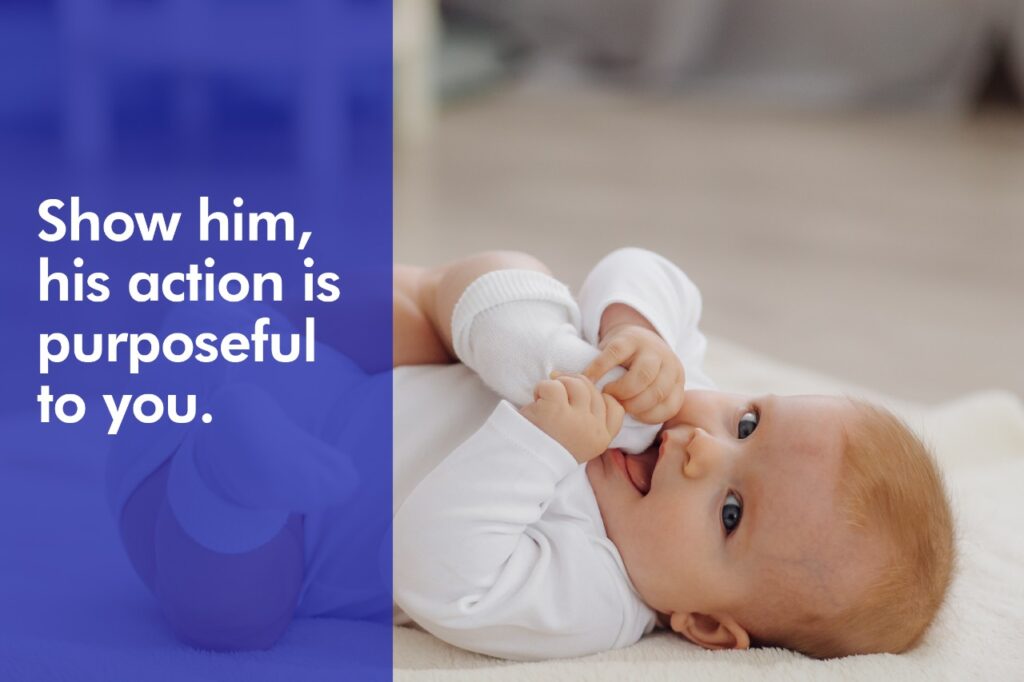
1. Respond to the sensory stimulus present in the surroundings:
Respond to the sensory stimulus present in the surroundings is the utmost important skill. These sensory stimuli could be sound, light, or touch. It is a cognition domain-based skill. Sensory information transmission passage is created when a child responds to the sensory stimuli present in his surroundings. That builds the neural connection within our brain and establishes the auditory and visual perceptual modalities. That’s why if a child is hard of hearing, he must be amplified with hearing aids or cochlear implants on an emergency basis to save the auditory neural connection pathways.
How to develop this prelinguistic skill:
- Help a child to explore things
- Use a variety of toys
- different texture
- Sound and
- light
- Allow him to put the toy in his mouth and explore.
2. Response to people present in the surroundings:
Response to people present in the surrounding comes under the social domain. For instance, a 1-2 months old baby realizes that he can grab his mom’s attention when he cries. Later, he learns who his mom is.
How to develop this prelinguistic skill:
Child mother interaction plays a crucial role here
- Peek a boo
- Play with rattle
- Singing a motherese.
3. Turn to talk
Taking a turn to talk comes under the social domain. A baby can take a turn in sound, action, and gestures. Learning to take a turn is hard for speech-delayed children.
How to develop this prelinguistic skill:
- Take a quick turn with him.
- Show him that each action is purposeful to you.
- Give a response after each action.
4. Development of attention spans
The development of attention spans comes under the receptive language & cognitive domain. It plays a crucial role in the learning process & grows with age. Attention span development depends on visual perception.
How to develop this prelinguistic skill:
- Movement actives, e.g., jumping, crawling, rolling, and running, provide vestibular input, and play a vital role in expanding an attention span in a child.
- Reduced distraction
- Set more manageable and achievable goals
- Provide necessary support
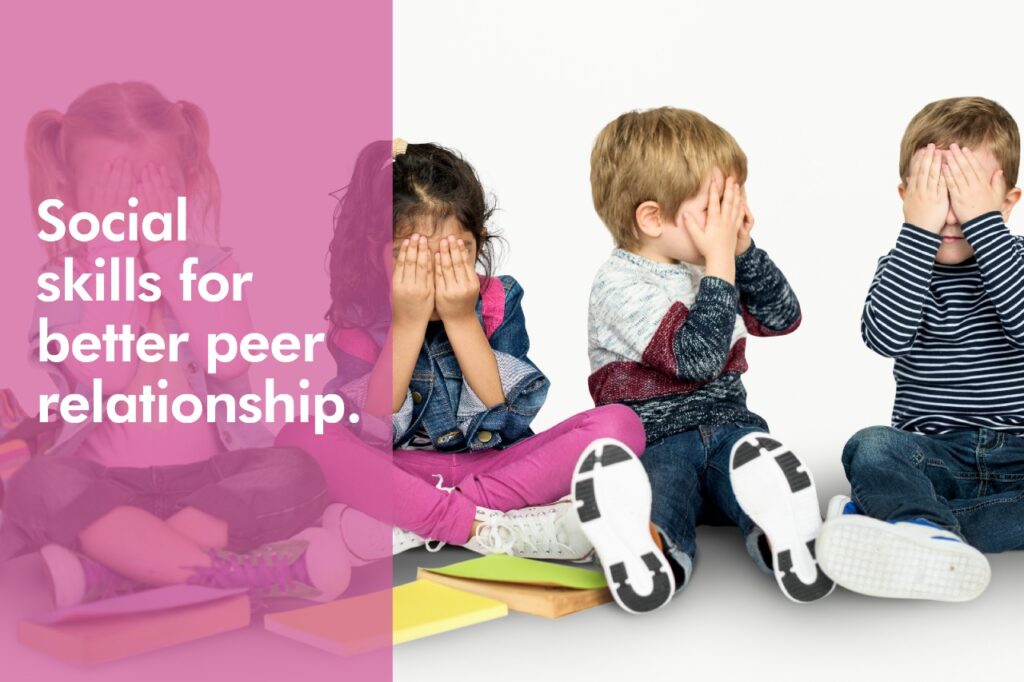
5. Joint attention
Joint attention comes under the social domain. Maintaining eye contact is not a synonym for joint attention. Joint attention means you and your child attend the same thing/ object /event together. Or else a child can shift his attention from a toy to you when you call him. If a child has a hard time turning and joining his attention, he cries a lot.
How to develop this prelinguistic skill:
- Position yourself to the child’s eye level.
- Ask a child to
- show,
- hold, and
- give you objects.
- Grab his attention by pointing and use of gestures.
- Ask a child to
6. Play with toys:
This skill comes under the cognitive domain, and it plays a vital role in receptive language development. The play provides opportunities to think and plan, and it creates a platform for working memories. That’s why play and toys have an essential role in speech and language development.
How to develop this prelinguistic skill:
- Play with the child to show him what to do with a toy
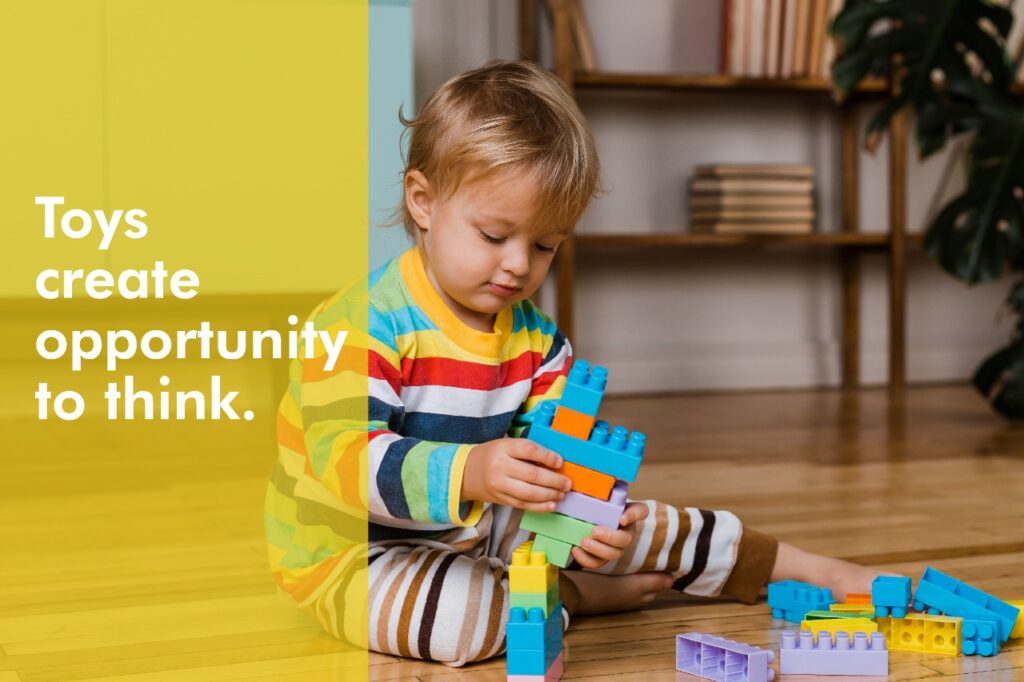
7. Understanding words and following direction
This skill comes under the receptive language & cognitive domain. The child learns to understand the meaning long before he starts to utter it. The child, 4-6 months of age, could understand the meaning of ‘NO’ or ‘STOP.’
How to develop this prelinguistic skill:
- Talk to him all day long.
- Keep your language simple.
- Use cues.
8. Intentionally Vocalize:
This skill comes under the expressive language domain. A baby starts experimenting with vocal cords and learns to coo, whine, grunt, and babble. It is a significant milestone toward verbal behavior.
How to develop this prelinguistic skill:
- Model the sounds (car, cat).
- Imitate with him.
- Provide him an opportunity to vocalize.
9. Imitates:
This skill comes under the expressive language domain as well. It is one of the most critical prelinguistic skills to learn a language. First of all, the baby learns to imitate facial expressions. Later, he starts to coo and babbling. 6-12 months of age are critical to learning imitation.
How to develop this prelinguistic skill:
- Start with actions & gestures,
- Use animal sounds.
10. Use gestures:
This skill comes under the expressive language domain. These gestures are the indicator of child receptive language, e.g., waving hand on ‘Bye-Bye’ or nodding head-on ‘NO.’
How to develop this prelinguistic skill:
- Combining a child’s gesture with a word every time provides him one more opportunity for language exposure.
11. Initiation:
https://www.terteeb.org/blog/2021/05/27/pediatric-auditory-milestones-birth-to-2-years/
Initiation comes under the social domain skills, and it is an indicator of child readiness for speech or expressive language. The child is attempting to get attention verbally or nonverbally during an interaction with an adult. It’s a red flag if a child is unable to initiate. Lack of initiation indicates cognitive and receptive language delays. A child with typical cognitive development always starts the conversation. Typically developing Child’s initiation frequency is:
- 12-month-olds once per minute
- 18-month-olds two times per minute, and
- 24-month-olds five times per minute
References:
Crais, E., & Ogletree, B. T. (2016). Prelinguistic communication development. In Prelinguistic and minimally verbal communicators on the autism spectrum. Springer, Singapore.
DiStefano, C., & Kasari, C. (2016). The window to language is still open: Distinguishing between preverbal and minimally verbal children with ASD. Perspectives of the ASHA Special Interest Groups, 1(1), 4-11.
Gervain, J. (2015). Plasticity in early language acquisition: the effects of prenatal and early childhood experience. Current opinion in neurobiology, 35, 13-20.
Määttä, S., Laakso, M. L., Ahonen, T., Tolvanen, A., Westerholm, J., & Aro, T. (2016). Continuity from prelinguistic communication to later language ability: A follow-up study from infancy to early school age. Journal of Speech, Language, and Hearing Research, 59(6), 1357-1372.
Nicolosi, L., Harryman, E., & Kresheck, J. (2004). Terminology of communication disorders: Speech-language-hearing. Lippincott Williams & Wilkins.
Spencer, P. (2011). Prelinguistic communication. Encyclopedia of Child Behavior and Development. Springer, 1145-1146.
Pre-Language Skills: The Foundation for Language Development
Five pre-linguistic skills children must achieve
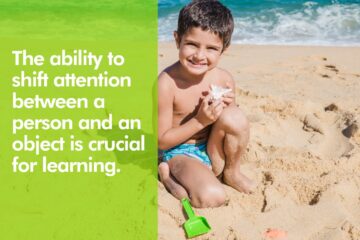
7 Comments
Syed Naushad Shaukat · May 6, 2021 at 7:32 am
This really needs time from a Farheen Naz with high profile additional skills a researcher having sound command in Urdu English and Arabic Speech sounds.
This is really worth reading and effective in a scientifically practical approach for therapists, parents, and professionals. I really appreciate for awesome intellectual nicely composed by the founder of Tarteeb means organized in sequence and order to achieve goals ASAP. Wish to read more from you shortly.
Prayers a lot for your good health.
I strongly recommend professionals of all races must join Tarteeb by Farheen on Youtube Instagram. In my three-decade working, I find her a unique and matchless learned lady. Alhamdolillah.
Syed Naushad Shaukat
naushad care
care for all
Karachi
03142223405
03323375732
Farheen · May 6, 2021 at 7:46 am
highly appreciated.
Syed Naushad Shaukat · May 31, 2021 at 3:54 pm
absolutely beautiful 🌹❤️
Farheen · June 1, 2021 at 3:48 am
Thank you.
Ambreen Naz · June 3, 2021 at 1:53 pm
Very informative and it is explained very beautifully. The article showed the importance of development of prelinguistic skills. Worth reading it!
sports bets · May 5, 2023 at 8:30 am
Way cool! Some extremely valid points! I appreciate you writing this article and the rest of the website is also very good.
vorbelutr ioperbir · December 15, 2023 at 11:18 am
whoah this blog is wonderful i love reading your articles. Keep up the great work! You know, a lot of people are looking around for this information, you could aid them greatly.